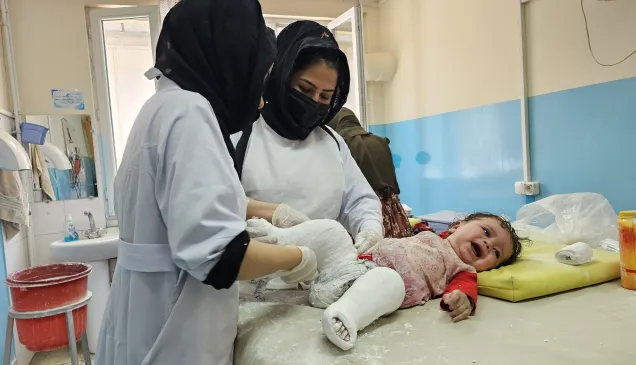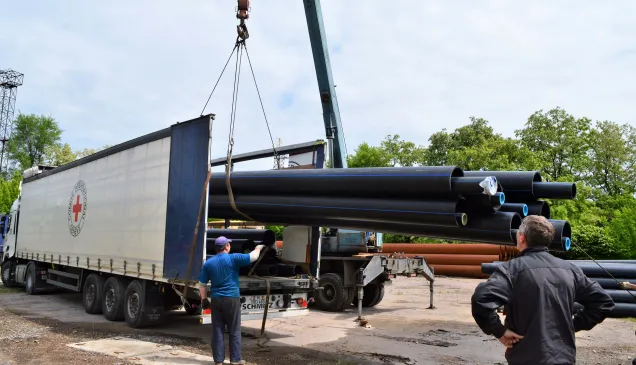Franco-Prussian war, 1870-1871. A painting of Bazeilles, a village in France, after violent clashes there between French and Bavarian soldiers. In the foreground, among the victims, are a woman and her child.
From our archives: Women and war
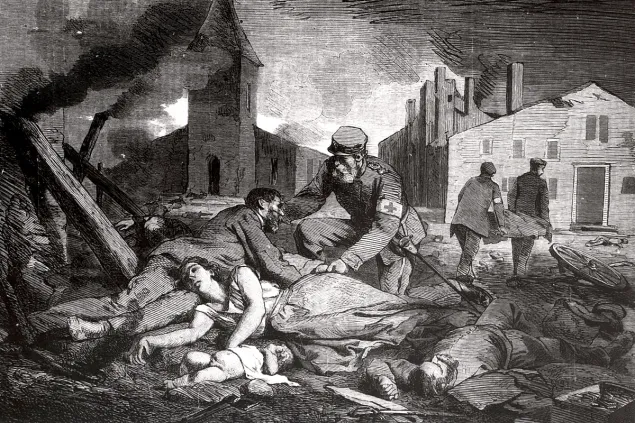
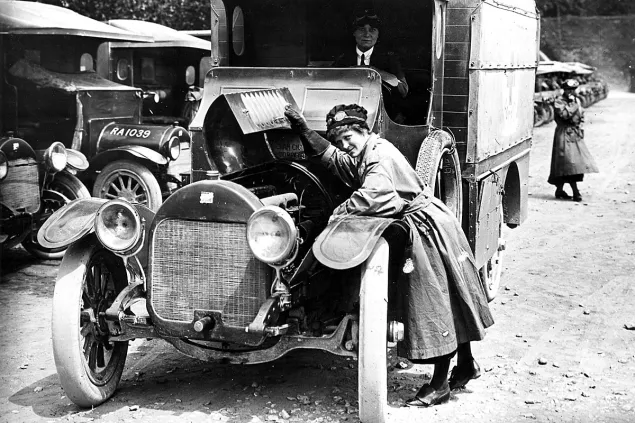
France, Étaples, 1914-1918 war. An ambulance driver examines her vehicle’s engine before departure.
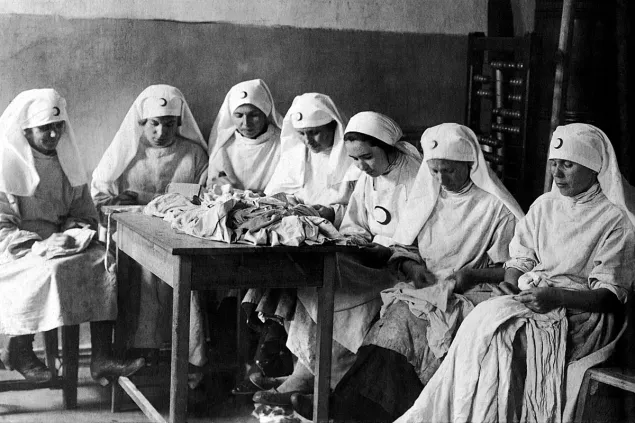
Azerbaijan, between 1918 and 1920. Women volunteers from the Alliance of Red Cross and Red Crescent Societies in the USSR.
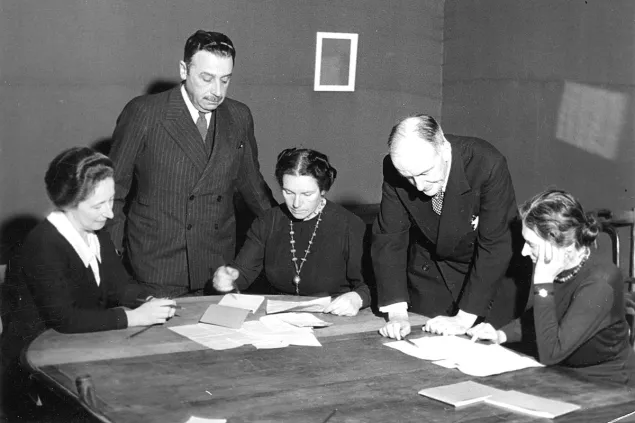
1939-1945 war. Central Committee of the Prisoners of War Agency in Geneva. In the centre is Renée-Marguerite Frick-Cramer, one of the first ICRC women delegates in the first world war.
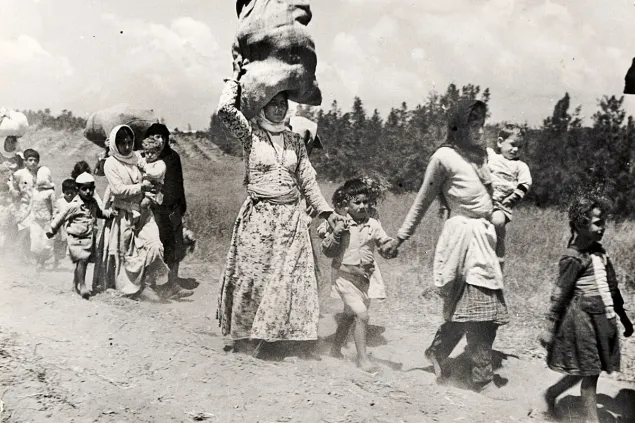
Palestine, Tulkarem district, 1948. A group of around one thousand people, including many mothers and children, forced to flee their homes during the first Arab-Israeli conflict.
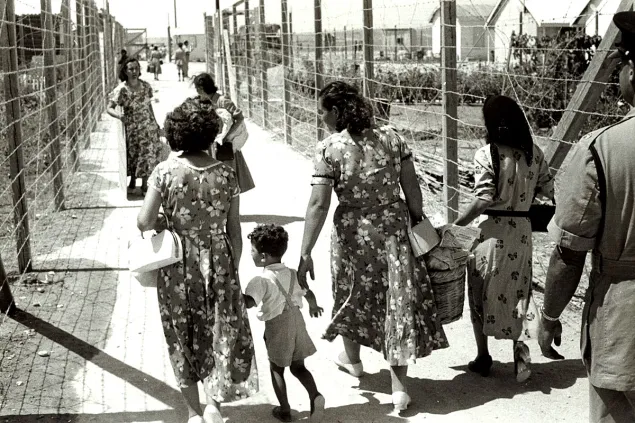
Cyprus, 1958. Women and children visiting a relative detained in the Pyla detention camp.
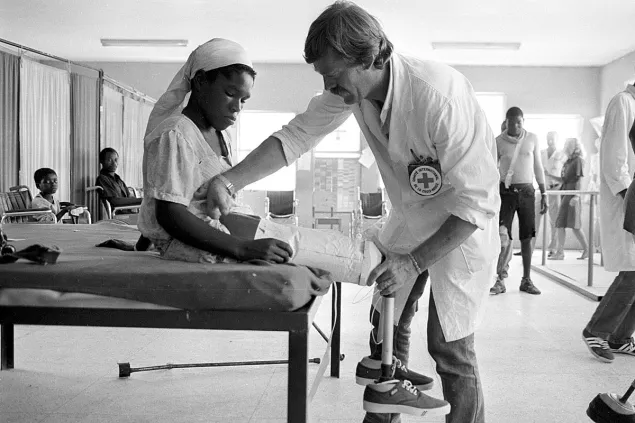
Angola, Huambo, 1985. A landmine victim at the Bomba Alta orthopaedic centre. As women are generally in charge of fetching water and working in the fields, they are particularly exposed to the dangers of landmines and other unexploded munitions.
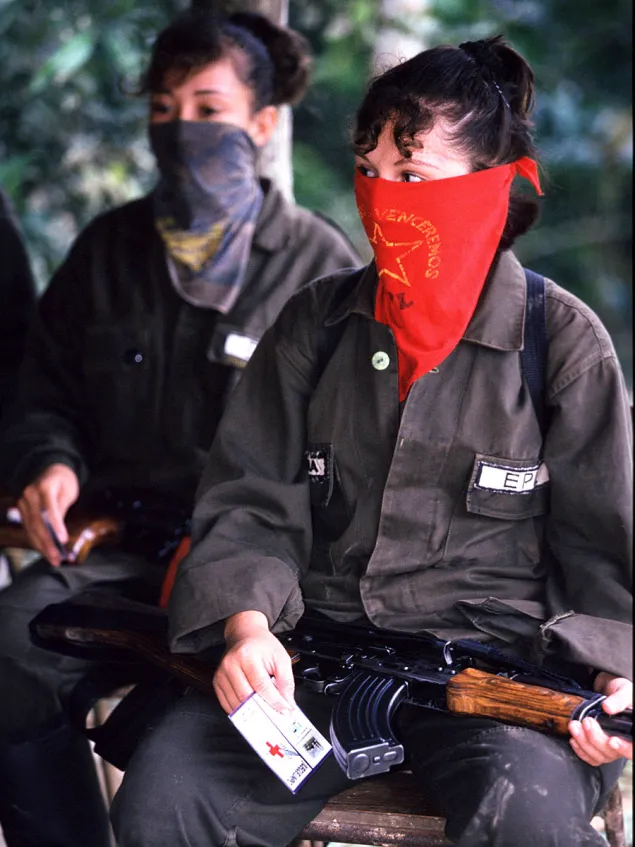
Colombia, Norte de Santander, 1999. Women fighters in the EPL (Ejercicio Popular de Liberación) at an ICRC session to promote international humanitarian law.
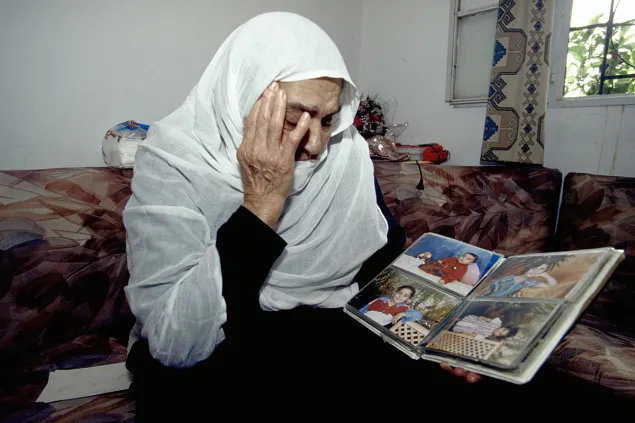
Southern Lebanon, 1999. An elderly woman, driven from her home, weeps over photos of the grandchildren she fears she may never see again.
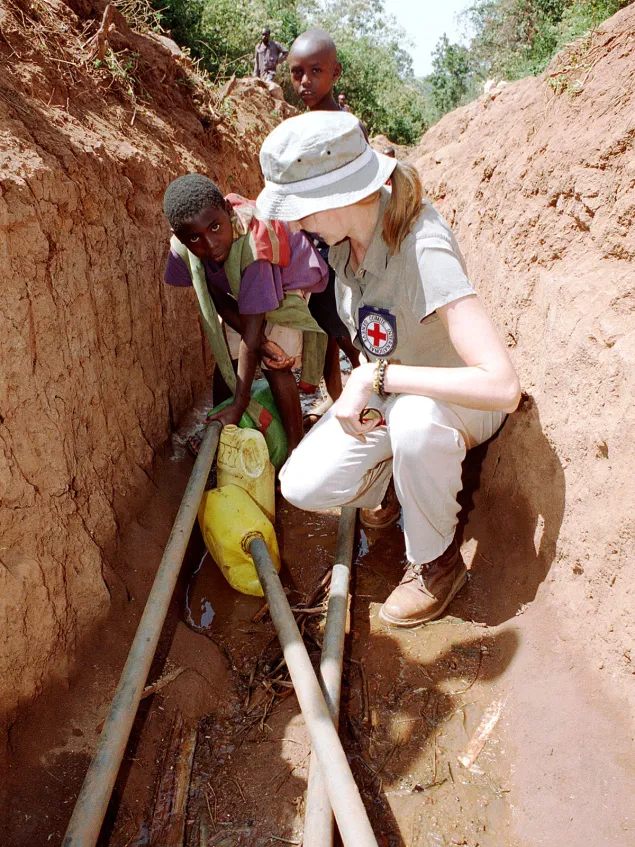
Rwanda, Rubungo, 2000. A female Water and Sanitation delegate checks the pipe system carrying water from a spring to a reservoir.
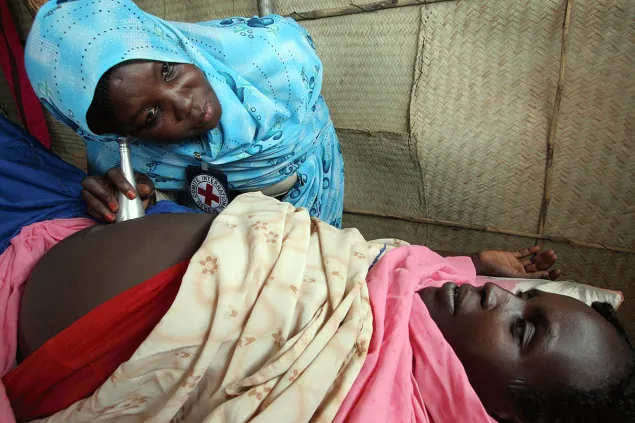
Sudan, 2006, ICRC field hospital in Gereida camp for displaced people. A pregnant woman at a consultation.
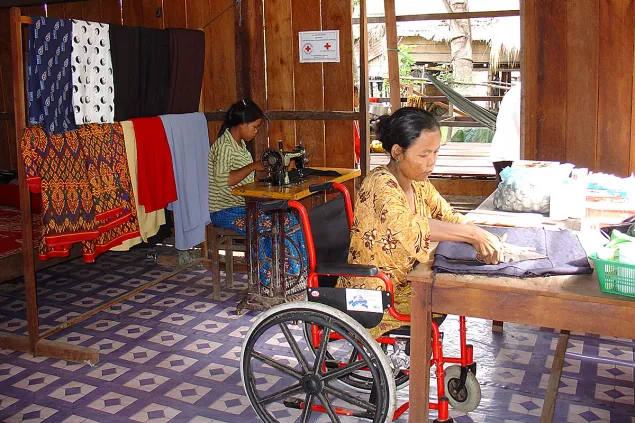
Cambodia, 2008. This woman has been handicapped since a landmine accident. With the help of the micro-credit programme run by the Cambodian Red Cross she set up a small dressmaking business, and is now able to support herself.
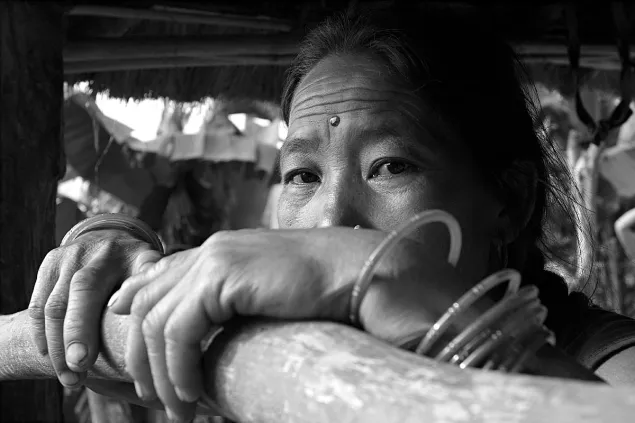
Nepal, Dhading District, 2008. Dhan Maya Thapa is still hoping for the return of her son, who was reported missing in 2001. “My son is the first thing I think about when I wake up every morning, wondering if he will be home for dinner with the family that night. When he doesn’t show up at night I console myself that he will be here by next morning.”
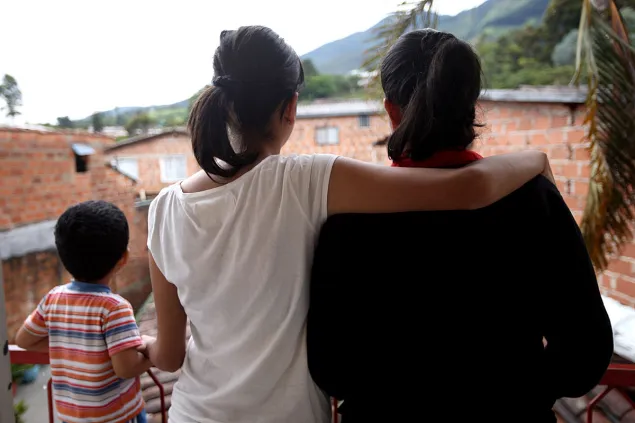
Colombia, 2010. Since they were raped, this mother and daughter are fearful and no longer dare to leave their home.
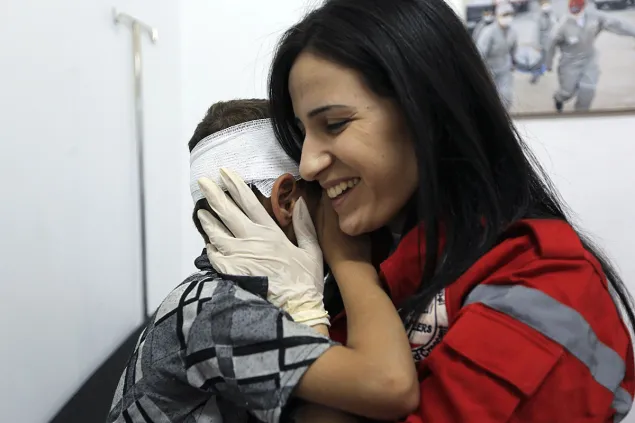
Syria, rural Damascus, Mouadhamidiya, 2012. A volunteer from the Syrian Arab Red Crescent comforts a small boy after dressing his wounds.
Millions of women have paid – and are still paying – a heavy price in armed conflicts: violence, including sexual violence; forced displacement; the loss or disappearance of their loved ones; being deprived of their freedom, and many other forms of suffering. But although war often puts them in dangerous situations, women are not necessarily vulnerable, or victims. Sometimes they play an active role during a war, perhaps as activists, or fighters in the military or other armed groups. Last but not least, many of them have been, and still are, among those who bring help and protection to the victims of war.


